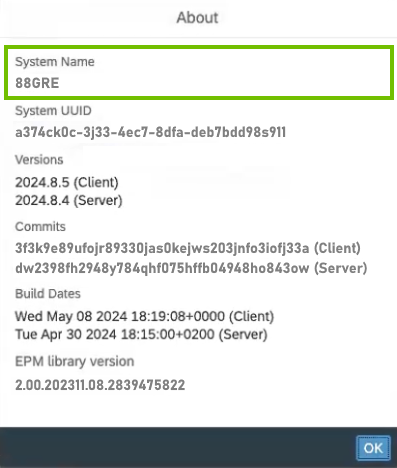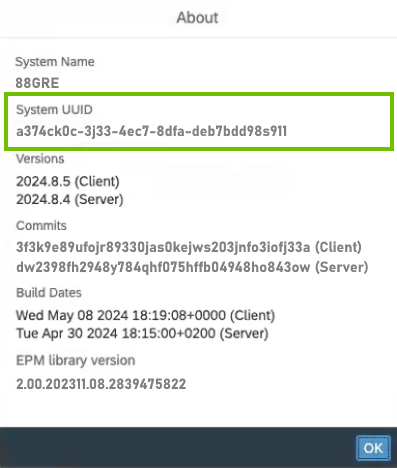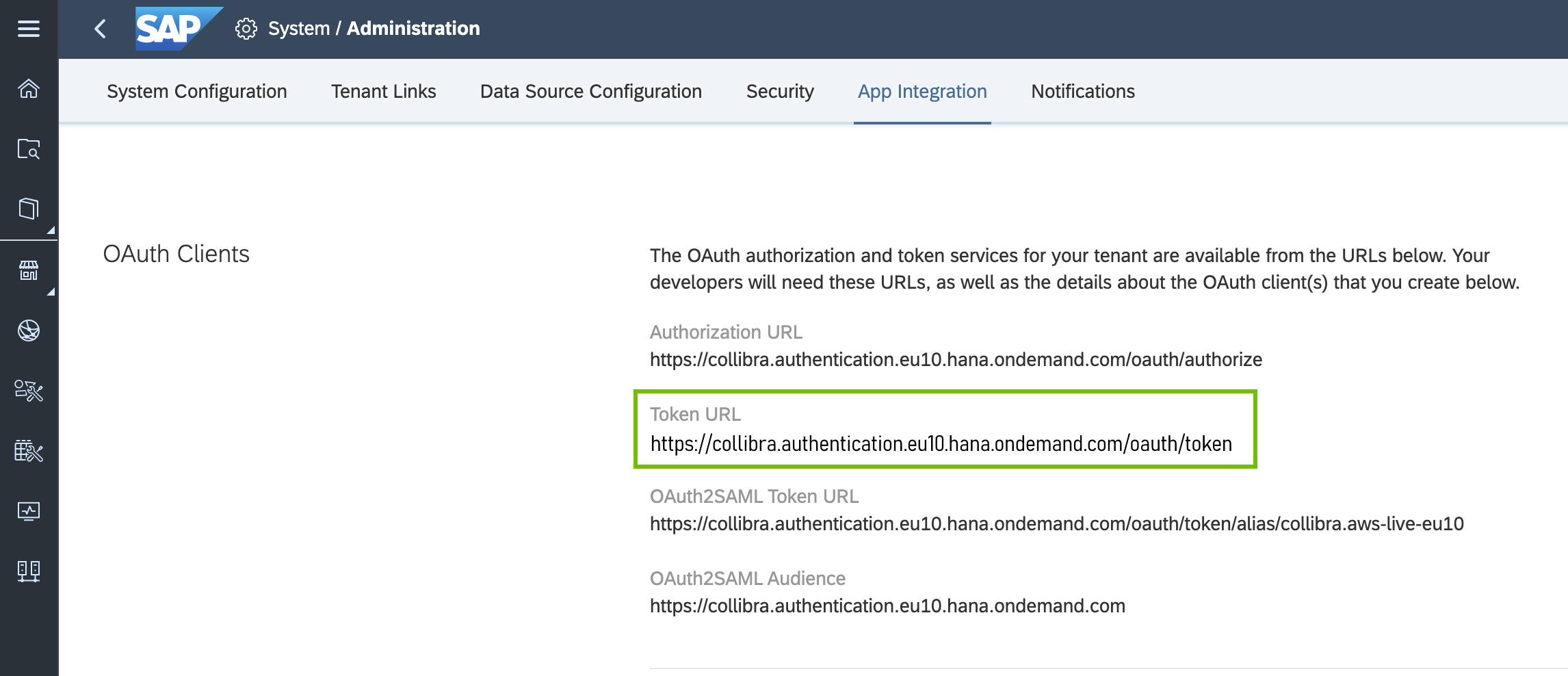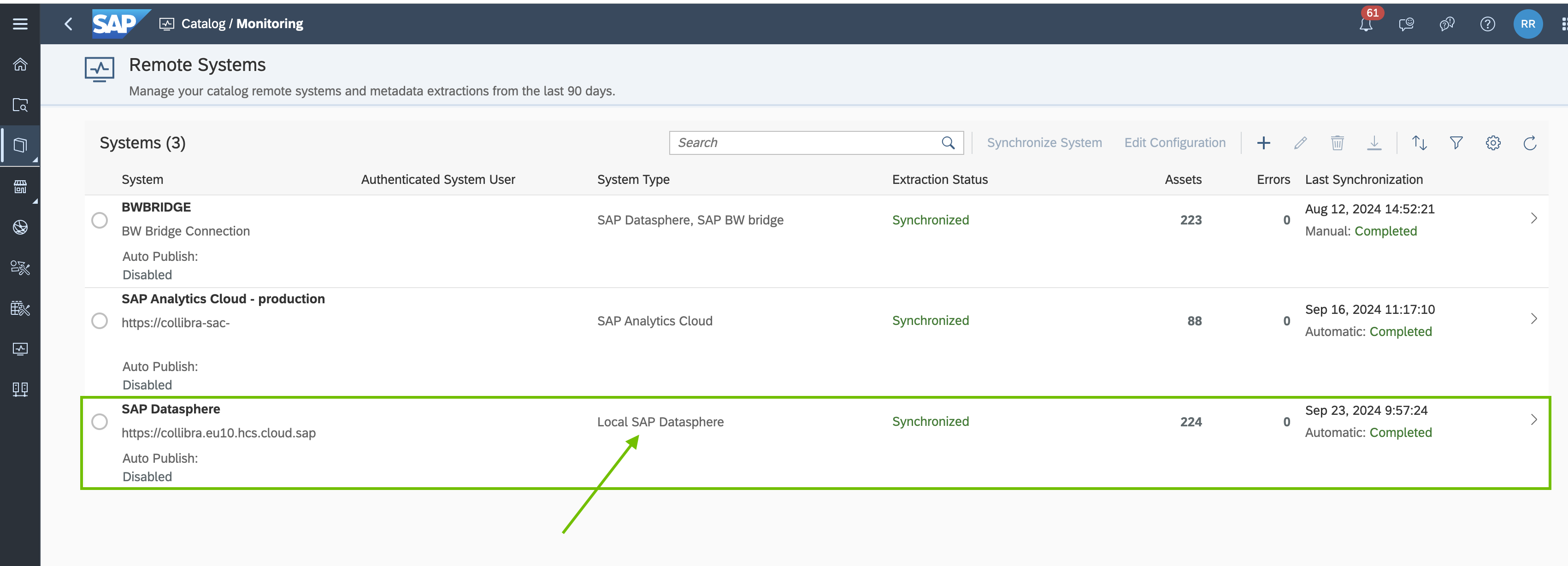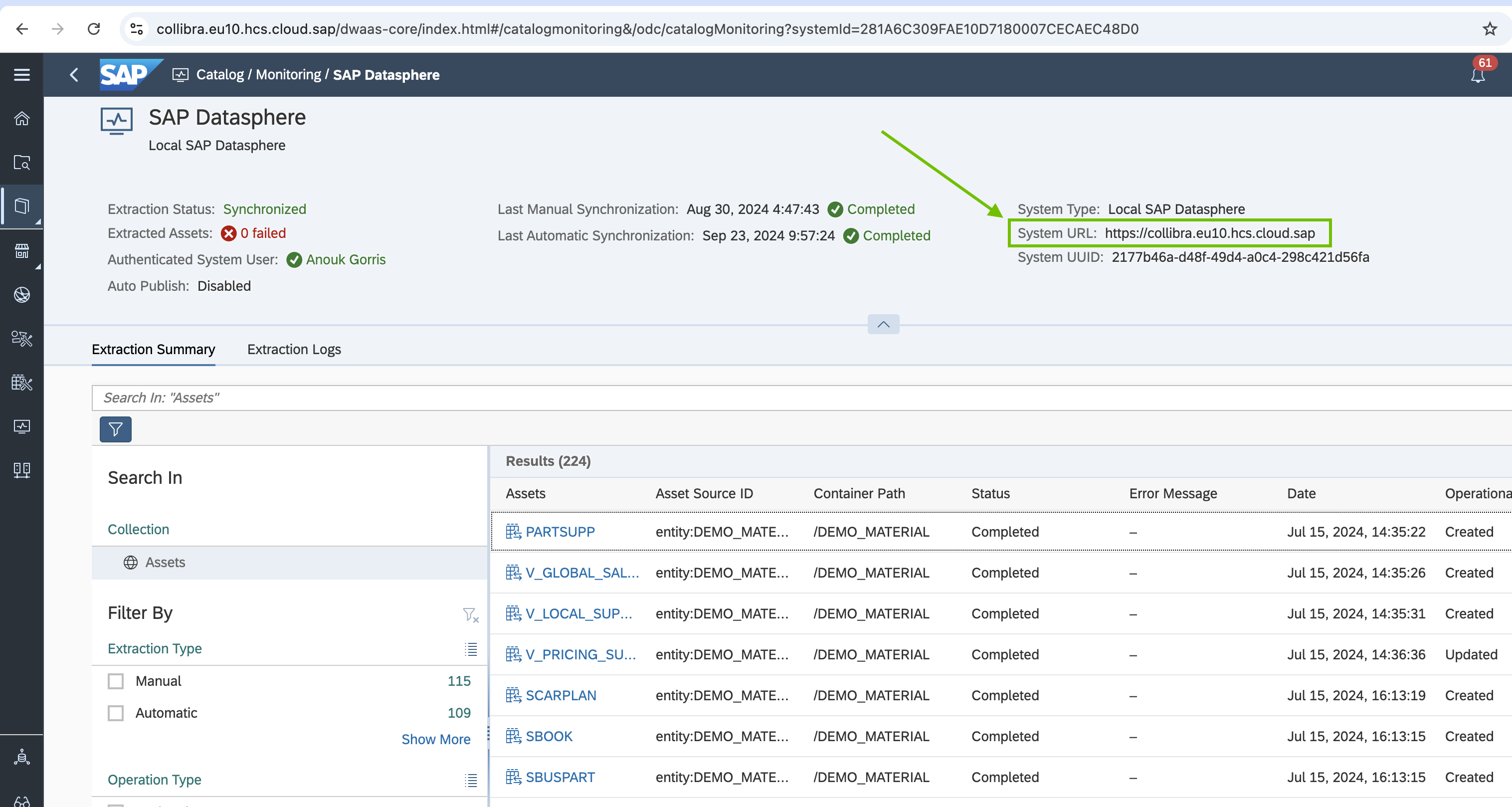Warning Because these tasks are performed outside of Collibra, it is possible that the content changes without us knowing. We strongly recommend that you carefully read the source documentation.
1 Prepare SAP Datasphere Catalog
- In SAP, on the SAP Datasphere homepage, click Catalog & Marketplace > Metadata Extractions.
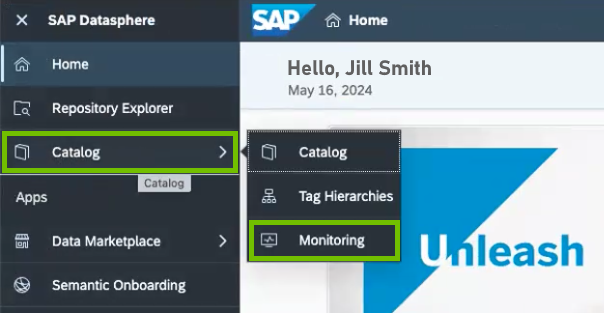
The Remote Systems page opens. - Above the list of systems, click +.
The Create System dialog box appears. - Enter the required information.
Field Description System Type The type of system you want to synchronize. In this case, select Local SAP Datasphere or External SAP Datasphere.
Note You can add as many SAP Datasphere systems as you want, but there can only be one local SAP Datasphere system.
Name The name of your SAP Datasphere tenant.
Tip To find the name, go to Administration > Info as a System Administrator.UUID The UUID of your SAP Datasphere tenant.
Tip To find the UUID, go to Administration > Info as a System Administrator. - Click Authenticate Now.
- Select the system you created and click Synchronize System.
- Optionally, edit the system and change the name.
The name of the system will be the name of the SAP Tenant asset in Collibra.
2 Optionally, synchronize SAP Analytics Cloud data in SAP Datasphere Catalog
You have to carry out this step if you want to include the metadata of one or more SAP Analytics Cloud systems in your integration.
- The user who owns the system in SAP Datasphere Catalog must have access to all of the spaces that they want to synchronize in SAP Datasphere Catalog. To own a system:
- You need the Catalog Admin permission in SAP Datasphere Catalog.
- You must not be the System Owner.
- SAP does not support connections between SAP Analytics Cloud and SAP Datasphere Catalog instances that are hosted in different cloud regions, for example EU10 and EU30. To ensure compatibility and avoid connectivity issues, both SAP Analytics Cloud and SAP Datasphere Catalog instances must be deployed in the same cloud region.
- In SAP, on the SAP Datasphere homepage, click Catalog & Marketplace > Metadata Extractions.

The Remote Systems page opens. - Above the list of systems, click +.
The Create System dialog box appears. - Enter the required information.
Field Description System Type The type of system you want to synchronize. In this case, SAP Analytics Cloud. Name The system name of the SAP Analytics Cloud system you want to synchronize.
Tip To find the system name, on the SAP Analytics Cloud homepage, click System > About. In the About dialog box, you need the value in the System Name field.UUID The system UUID of the SAP Analytics Cloud system you want to synchronize.
Tip To find the system UUID, on the SAC homepage, click System > About. In the About dialog box, you need the value in the System UUID field. - Click Authenticate Now.
All SAP Analytics Cloud data is synchronized to SAP Datasphere Catalog. - Click Create.
- Select the system you created and click Synchronize System.
- Optionally, edit the name of the system and give it a meaningful name.
The name of the system will be the name of the SAP Tenant asset in Collibra.
3 Ensure that the assets you want to integrate are published
Collibra Data Lineage can only ingest assets in SAP Datasphere Catalog that are published. Therefore, you need to ensure that all of the assets in SAP Datasphere Catalog that you want to integrate are published. You need at least one published asset for the APIs to work.
- In SAP, on the SAP Datasphere homepage, click Catalog & Marketplace > Search.
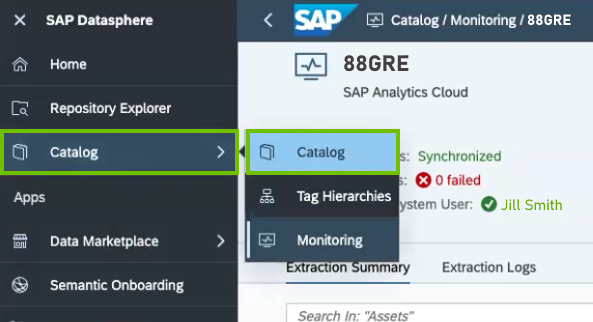
The search page opens. - Ensure that the assets you want to integrate have publication status Published. If they do, there's nothing more to do. If they don't, proceed to the next step.

- Expand the filter.
- In the Publication Status section, select Unpublished, to show only unpublished assets.

- Select all of the assets that you want to ingest.Important You can publish only assets with functional status Current.
- In the Publish Actions drop-down list, click Publish.

You enable or disable the Auto Publish feature at the system level. By default, this feature is disabled.
- In SAP, on the SAP Datasphere homepage, click Catalog & Marketplace > Metadata Extractions.

The Remote Systems page opens. - Select the system for which you want to enable auto-publication.
- Above the list of systems, click
 .
.
The Edit System dialog box appears. - Select the Enable Auto Publishing to the Catalog option.
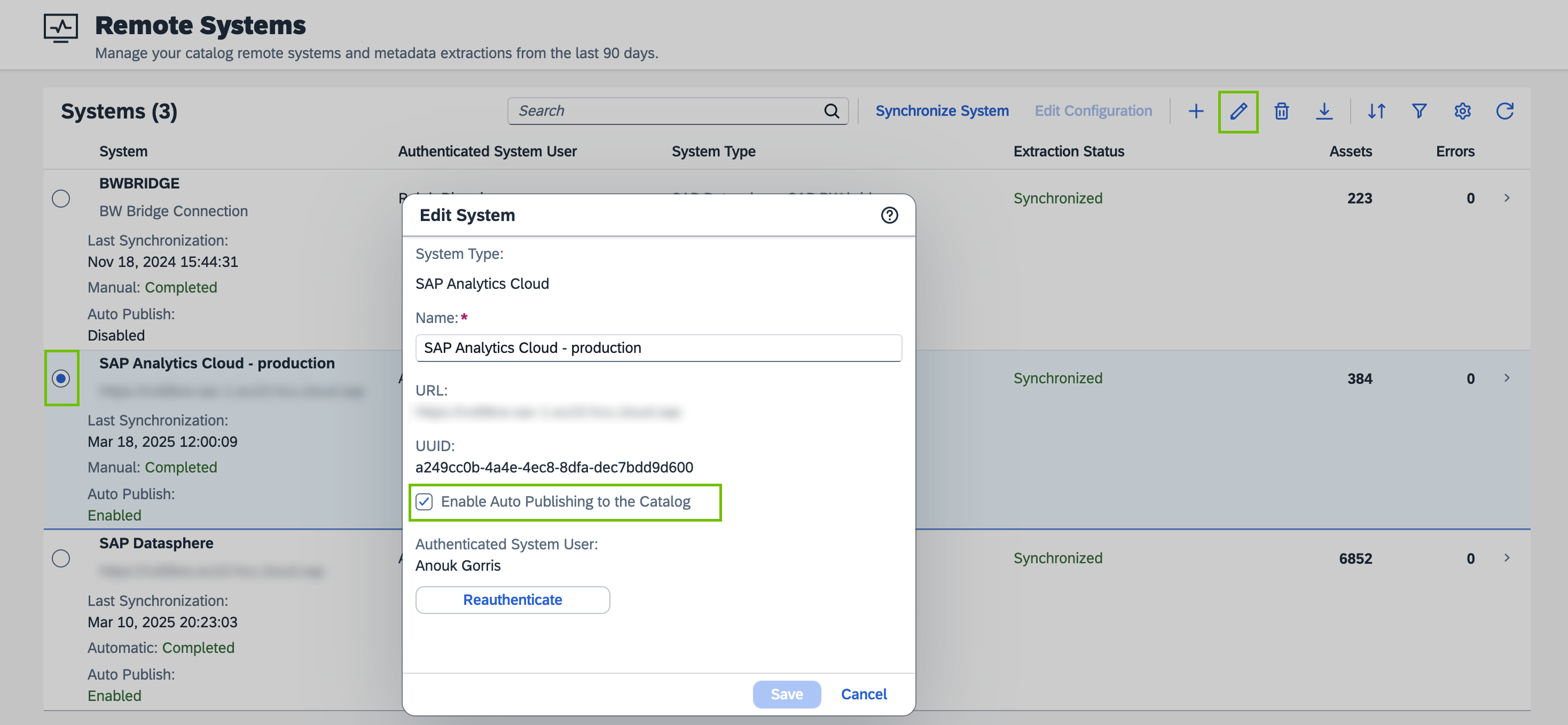
- Click Save.
Any unpublished assets in the system are automatically published.
4 Configure a new OAuth client
Note You need to be an Administrator in SAP Datasphere to perform this action.
- In SAP, toward the bottom of the SAP Datasphere homepage, click System > Administration.
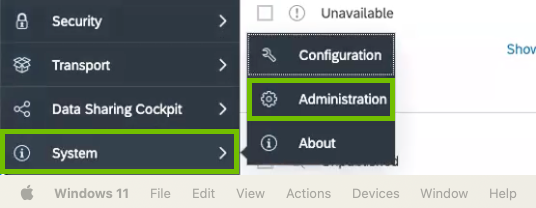
- Click App Integration.

- In the OAuth Clients section, below the Configured Clients, click + Add an OAuth Client.
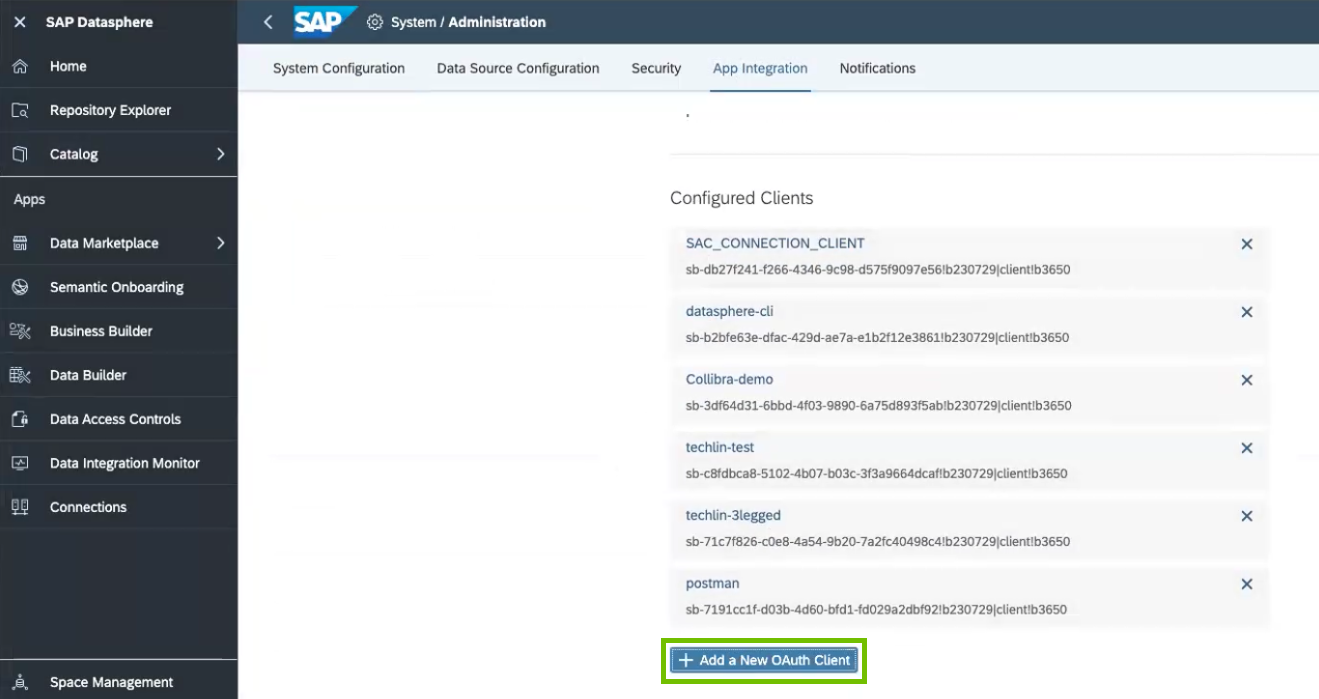
The New OAuth Client dialog box appears. - Enter the required information.
Field Description Name The name of the new OAuth client. This can be anything, as long as it is unique. OAuth Client ID The ID is generated when the OAuth client is created. Purpose In the drop-down list, select API Access.
Access In the drop-down list, select Catalog User API.
Authorization Grant In the drop-down list, select Client Credentials. Secret The secret is generated when the OAuth client is created. Token Lifetime The amount of time that the server login session remains open while Edge is communicating with SAP Datasphere Catalog.
During the token lifetime, you need to build your Edge connection, configure your Edge capability, and start the integration. But after that, Collibra keeps the token alive.
The maximum value is 1440 minutes (1 day).
- Click Add.
- Copy the following information: oAuth token URL, oAuth Client ID, oAuth secret. You will need this information when you configure your connection and capability in Collibra.
5 Ensure that certain endpoints are allowed
Note You need to be an Administrator in SAP Datasphere to perform this action.
Ensure that the following endpoints are allowed:
| Endpoint | Comments |
|---|---|
| *.hanacloud.ondemand.com | |
| *.k8s-hana.ondemand.com | |
| The token URL: <tenant>.authentication.usxx.hana.ondemand.com |
Note In the URL, "uxxx" can also be "euxx".
How to find the token URL
|
| System URL: <tenant>.usxx.hcs.cloud.sap |
Note In the URL, "uxxx" can also be "euxx".
How to find the System URL
|
You can prepare Edge for the integration.
